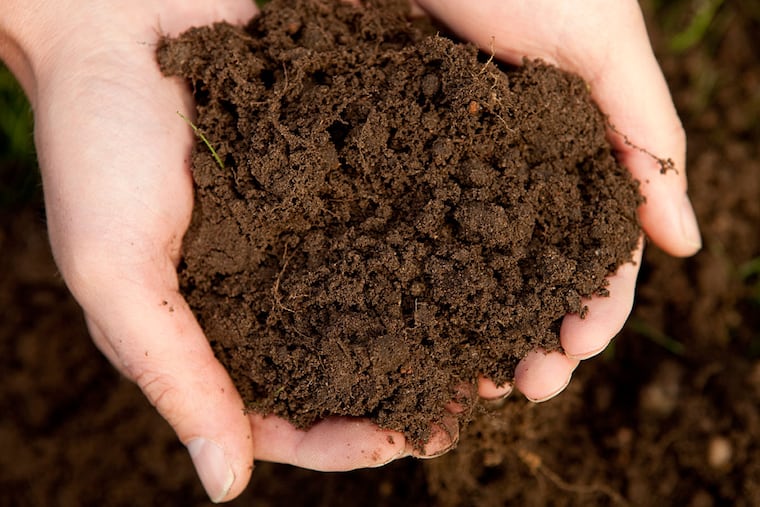Oct. 25-31: In the garden, it’s time to...
Adding a good layer of compost and shredded leaves and turning the soil now means all you do in the spring is plant seeds.

Clean out the greenhouse. In fact, you should have already done this! Empty it out, clean off the shelves and tables, run the Shop Vac, and suck out all the nooks and crannies. Wash benches with the disinfectant of your choice. Vacuum the inside of the glass, and as much of the outside as you can reach; winter sun is not as strong as summer, so the glass should be as clean as possible. Gentle power washing is a great idea. Then replace broken glass, fix loose panes, and caulk cracks. Follow the spiders; they will situate themselves wherever drafts are. Caulk or foam there. Now it’s ready for your plant kids to come home.
Prep your soil for next spring. Many spring crops can go in the ground ASASCBW — as soon as soil can be worked. Adding a good layer of compost and shredded leaves and turning the soil now means all you do in the spring is plant seeds. You won’t need to wait for soil to dry out, which means you can plant as early as the first week of March.
Mow the lawn one last time, this time on the lowest setting for that job-interview crew-cut kind of closeness. Rake up the leavings and put them in the compost. Unless you plan to mow your dried leaves when they fall to use as mulch in the flower beds, schedule a time to take the mower in for sharpening, maintenance, and winterizing so you can hit the ground running in the spring. Literally.
Sally McCabe is associate director of community education at the Pennsylvania Horticultural Society (phsonline.org) and winner of the AHS Great American Gardener Jane L. Taylor award.